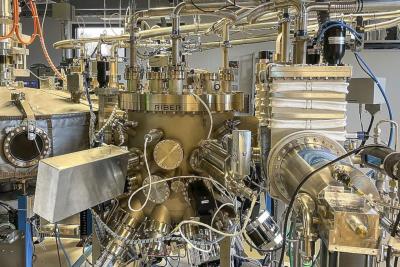Hyundai Motor to work with UNIST researchers to develop perovskite solar cell for vehicle solar roof
Recent reports claim that South Korea's Hyundai auto group has teamed up with a research team at Ulsan National Institute of Science and Technology (UNIST) to develop new perovskite solar cells that can charge vehicles while they are under the sun.
Hyundai Motor already released solar roofs with silicon solar panels, but their acceptance has been slow without improvements in weight and efficiency, as silicon solar cells are quite heavy and have technical limitations in improving efficiency. In a recent ceremony, the Ulsan National Institute of Science and Technology (UNIST) opened a joint laboratory with Hyundai to develop high-efficiency, large-area perovskite-silicon tandem cells and apply them to solar roofs. The joint laboratory will operate for three years until May 2025.


